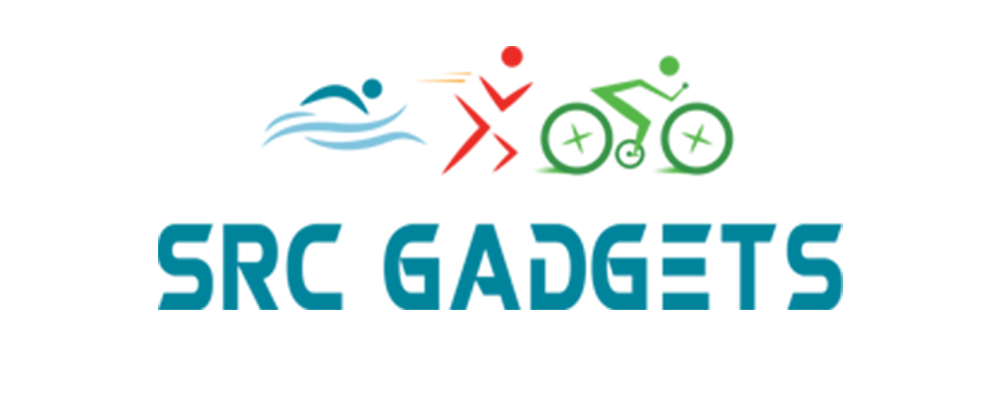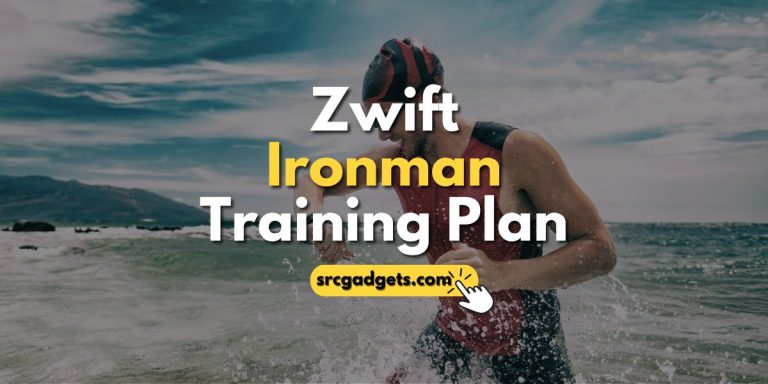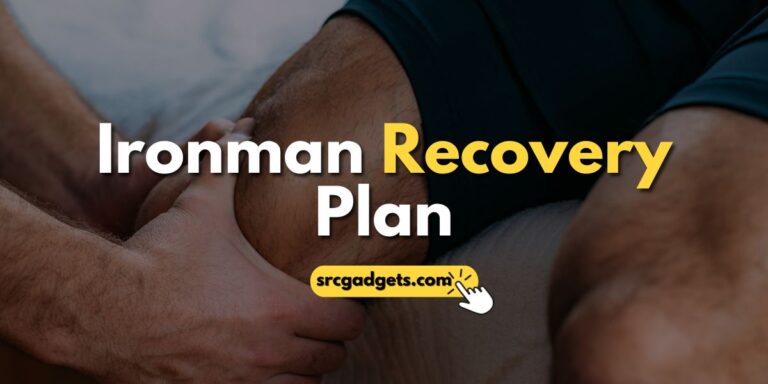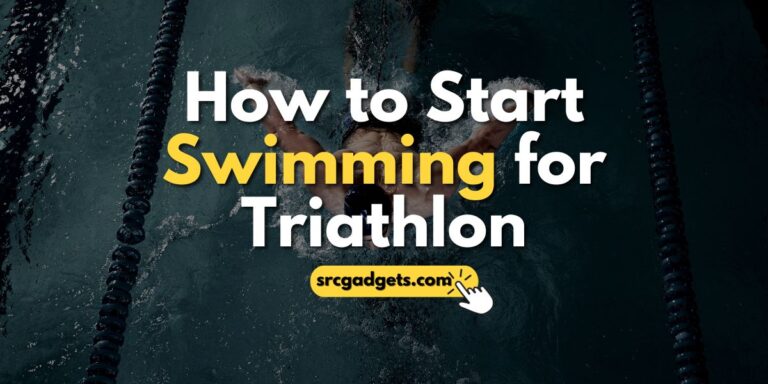2-Year Ironman Training Plan
Starting a two-year journey to complete an Ironman triathlon can be overwhelming, especially when trying to balance rigorous training with everyday life. For a structured approach, consider following a 20-week half Ironman training plan to prepare effectively.
This article offers a comprehensive guide, providing a detailed, month-by-month training plan that progressively builds your endurance, strength, and technique.
Let’s get to it!
The First Steps (Months 1-6)
Establishing a Triathlon Training Foundation
The first step in your Ironman training is to get fit and to participate in a short triathlon race. We will not begin with the hardest training.
Instead, we’ll start with an exercise that you can handle, and that fits into your life. This early training is important for getting ready for longer races. And don’t worry about being too busy I’ll provide a specific 6-month training plan to help you prepare.
The 6-Month Triathlon Training Plan
A well-structured weekly routine is vital for building the endurance needed for an Ironman. Here’s what your typical week should look like:
Weekly Routine:
Duration:
Each session should last between 30-60 minutes, crafted to build stamina progressively. Start at the lower end of the time range and increase as your fitness level improves, ensuring that you’re pushing your limits while still allowing for recovery.
Progress Checks:
Participate in friendly races every 4-6 weeks. These serve as benchmarks for your progress, helping you adjust your training intensity and focus based on real-world performance.
Workout Intensity:
While consistency is key, it’s essential to avoid overtraining. Strike a balance by maintaining a regular workout schedule that progressively challenges you but doesn’t lead to excessive fatigue. Listen to your body and adapt: some days may call for vigor, while others for moderation.
In order to provide a clear understanding, the following is a breakdown month-by-month
Monthly Breakdown:
Month 1: Get Comfortable
Each Week: Swim, bike, and run twice. Each workout is a short 30 minutes focusing on getting used to the activities.
Month 2: Build Up
Each Week: Keep the same number of workouts but gradually make them 15 minutes longer. Introduce back-to-back workouts (bike followed by a run) once a week.
Month 3: Add Some Challenge
Each Week: Introduce one harder session for each activity, with bursts of a faster pace. End with a mini-triathlon to see your progress.
Month 4: Faster and Stronger
Each Week: Focus on one swim and one run on going faster. Include one bike ride with uphill routes.
Month 5: Race Prep
Each Week: Practice in open water and perform workouts in the same order as on race day. Conduct a mini-triathlon test run.
Month 6: Fine-Tuning
First 2 Weeks: Lower the workout time but keep up the intensity. Practice your race day plan.
Final Weeks: Take it easy, rest more, and get ready for the main event!
Remember, every workout starts with a warm-up and ends with a cool-down. Stay hydrated and eat well. Listen to your body if you feel tired, it’s okay to take it easy. The goal is to reach the triathlon ready and excited, not exhausted.
Balancing Triathlon Training and Life
There will also be 1-2 rest days per week to allow your body to adapt and get stronger. Along the way, we ll set intermediate distance goals tailored to your improving capabilities. The most important part is the base or foundation. This means doing regular workouts that fit with your daily life without pushing too hard.
Keep doing these workouts often, but don’t make them too tough. Balance training for a triathlon and the rest of your life to prepare for a big race like the Ironman.
Advancing Towards Half-Ironman (Months 7-12)
Moving Up from Olympic to Half-Ironman – Step by Step
After six months of regular workouts, you’ll be stronger and more fit. Now’s the time to think about the next big step: the half-Ironman. Your workouts will get tougher, but slowly and carefully.
We’ll use a method called periodization – think of it as changing gears in a car. This method changes how hard and how long you work out so your body can handle more.
Follow a 20-week Half-Ironman specific training plan
Start a 20-week training program to get ready for a Half-Ironman race. This plan will slowly make you stronger and able to last longer.
Each week, you’ll have three swimming times.
Swimming:
Gradually increase your swim distance from an easy 1600 meters to a challenging 3500 meters. Add 200 meters to your distance each time you swim to steadily improve.
Biking:
Start with a short 30-mile bike ride and work up to a long 75-mile ride, which takes about two hours and lasts five hours. This helps your body get used to working hard for a longer time.
Running:
Your running will grow from a quick 6-mile run, about 45 minutes, to a tough 13 miles, taking 2 hours.
Strength Workouts:
Do strength exercises like squats, lunges, planks, and burpees twice a week to make your muscles stronger and more powerful.
Regular Training Schedule:
Keep a regular schedule of three to four times a week for swimming, biking, and running, and try to go further each week. It’s important to keep an eye on how hard your workouts are by checking your heart rate and how fast you’re going.
Brick Workouts:
Every one or two weeks, add brick workouts, which are back-to-back sessions of different activities, like cycling for 40 minutes, running for 30 minutes, swimming for 30 minutes and biking for an hour right after.
This will get you ready for the race and make it easier to switch between swimming, biking, and running on the big day.
Gear and Nutrition:
When you start running, biking, or swimming longer, you need the right gear to help you do your best and feel good.
Swimming Gear
Wetsuit: For swimming, a wetsuit helps you stay warm and swim better. Look for a wetsuit designed specifically for swimmers, like the Aqua Sphere Pursuit. It offers flexibility and buoyancy, which can enhance your swimming experience.
Running Shoes
For running shoes, you might want to consider the Asics Gel Nimbus for its cushioning and support. It’s a favorite among long-distance runners.
Biking Gear:
Nutrition Tips:
Eating right is key when you’re exercising a lot. Choose foods that give you steady energy and drink with salts to replace sweat. Bring energy snacks for quick fuel during long workouts.
Always make sure to try out products during training to see how your body reacts before using them in a race. It’s also important to consult with a professional to ensure that the products you choose are suited to your specific needs and health conditions. This preparation helps you do well in big races like a half-Ironman.
The Full Ironman Build-Up (Months 13-19)
Making Your Ironman Routine Better
In the second year, your training gets better and more focused. Your Ironman plan gets upgraded with full workouts to make you fitter and less likely to get hurt. This exciting time proves you can finish a full Ironman. We add a smart digital tool your online training helper that makes your training plan just for you, gives you special advice, and watches your improvement closely.
Suggested Exercises
During this time, do these important exercises:
Staying Strong in Mind and Finding Friends
Getting ready for an Ironman is hard on your body and mind. Being mentally tough and having friends who support you is important.
Make a team that helps you like a family, with people who cheer you on and make you feel good during your training. This team could be other athletes, your family, or a coach. They are key to keeping you happy and focused on your training.
The Last Phase (Months 19-24)
Slowing Down, Planning, and Doing Well on Race Day
It’s almost time! With just a few months left, you need to start relaxing and giving your body a break to prepare for the race day this slowing down process is known as ‘tapering.’ It might seem strange to take it easy at this point, but it actually helps. Slowing down lets your body heal and get stronger, so you’ll be ready to do your best when it matters most.
And since we’re talking about the race day, let’s think about your plan. From what you eat to how fast you go, every little thing is important. Here are some tips for race day: eat well, start slow, keep a steady pace, and save energy for the end.
Getting Ready
You’ve made your body strong enough to keep going, but have you prepared your mind? In the last few months, you should focus on getting your mind ready. Imagine yourself finishing the race, feeling the medal on your chest, and hearing the crowd cheer for you. Practicing this in your mind can be just as helpful as physical practice.
And don’t forget that race day is not only about how long you can last it’s a time to celebrate how far you’ve come and all the effort you’ve put in.
Conclusion
Finishing a 2-year Ironman training plan takes toughness, good habits, and planning. You start easy, build up to the Half-Ironman, and then push to the Full-Ironman.
You need proper gear, the right food, and support from coaches and loved ones. It’s all about improving step by step and getting your mind ready for the big day. As you wrap up your plan, ease up to be at your best for the race.
Ready to take on the challenge and finish strong? Start your Ironman training now.





